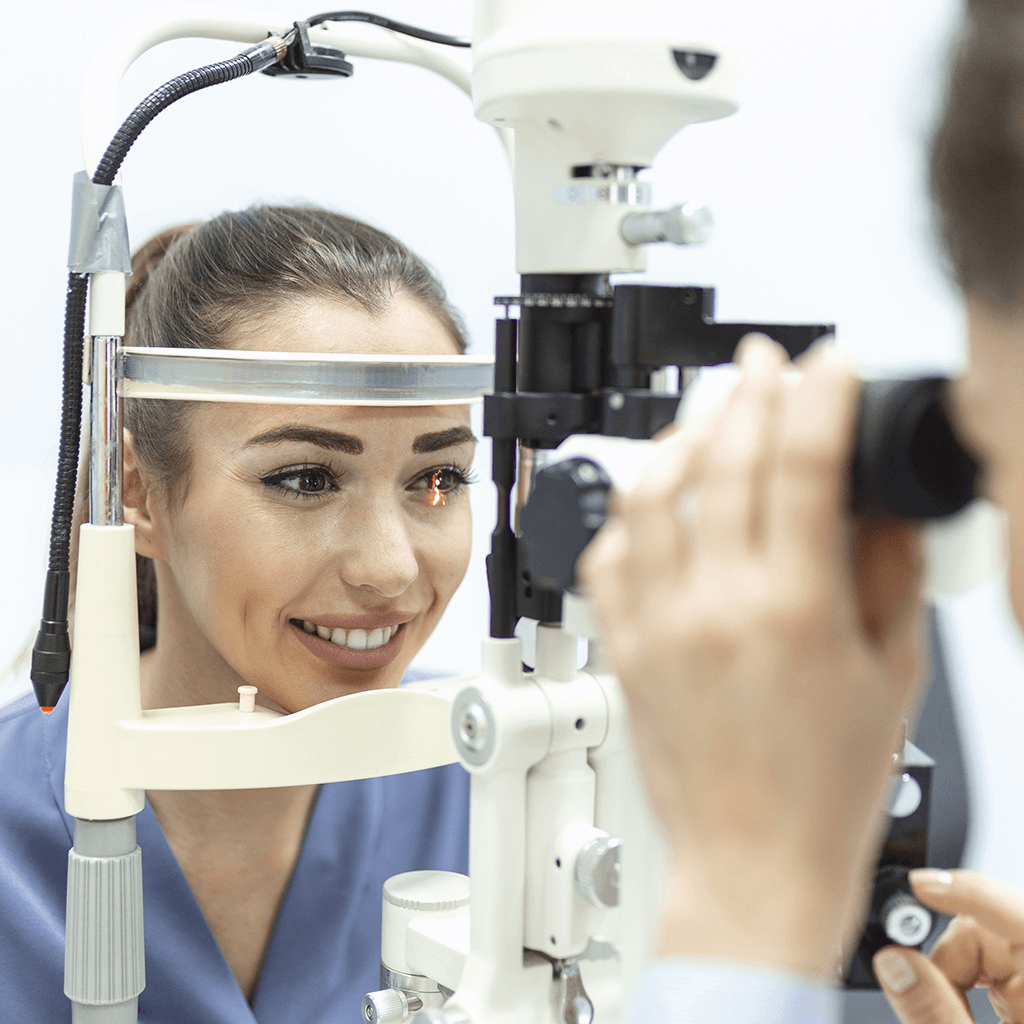Many people assume that if their vision seems fine, there’s no need to visit the optometrist. In reality, regular eye checkups are about far more than updating your prescription—they’re a proactive way to protect long-term vision and catch health issues early. Your eyes can reveal signs of conditions that may not show obvious symptoms at first, which is why routine exams matter for adults, seniors, and children alike.
What a Comprehensive Eye Exam Includes
A complete eye examination looks at both how well you see and how healthy your eyes are. While the exact tests may vary, a typical visit can include:
- Case history & lifestyle review: Understanding your visual needs for work, study, and driving.
- Visual acuity & refraction: Checking clarity and measuring the exact prescription for glasses or contact lenses.
- Eye muscle & alignment tests: Assessing how well your eyes work together to prevent strain and double vision.
- Front-of-eye health checks: Evaluating the cornea, conjunctiva, and lens for dryness, irritation, or cataract changes.
- Intraocular pressure (IOP): Screening for glaucoma risk factors.
- Retinal health evaluation: Inspecting the retina and optic nerve for early signs of issues.
Why Routine Eye Exams Are Essential
- Early detection of eye diseases: Conditions like glaucoma, cataracts, and age-related macular degeneration often develop silently. Early detection can preserve more vision.
- Monitoring subtle vision changes: Small shifts can indicate bigger issues and affect driving safety, learning, and productivity.
- Children’s vision matters: Clear sight is critical for reading and classroom learning. Routine checks help catch amblyopia, binocular vision issues, or undiagnosed refractive errors.
- Managing digital eye strain: Long hours on screens can cause dryness, headaches, and fatigue. Your optometrist can recommend blue-light management, ergonomic tips, and lens options.
How Often Should You Get an Eye Checkup?
General guidance (your optometrist may suggest a different schedule based on individual risk):
| Age / Risk Group | Suggested Frequency | Notes |
|---|---|---|
| Children (5–17) | Every 12 months | Essential for learning and development |
| Adults (18–39) | Every 1–2 years | Sooner if symptoms or heavy screen use |
| Adults (40–59) | Every 12 months | Monitor presbyopia and early changes |
| Seniors (60+) | Every 12 months | Higher risk of glaucoma & cataracts |
| Higher risk (diabetes, family history, glaucoma risk) | As advised (often every 6–12 months) | Follow your optometrist’s recommendation |
Common Signs You May Need an Eye Test Sooner
- Frequent headaches or eye fatigue
- Blurred or fluctuating vision, especially when reading or using screens
- Halos around lights, glare sensitivity, or night-driving difficulty
- Dry, irritated, or watery eyes that persist
- Double vision or trouble focusing
Screen Time & Digital Eye Strain: Practical Relief Tips
- Follow the 20-20-20 rule: every 20 minutes, look 20 feet away for 20 seconds.
- Position screens slightly below eye level and an arm’s length away.
- Use a humid, well-lit workspace and blink consciously to reduce dryness.
- Consider lens options: anti-glare, blue-light management, or photochromic lenses.
- Enable Night Mode/Blue-light filter on devices during evening hours.
Care for the Whole Family
Kids: Early vision care supports learning and confidence. If your child squints, sits too close to screens, or avoids reading, it’s time for a check.
Adults: Comfortable, well-fitted eyewear improves productivity and reduces strain—especially for desk work and driving.
Seniors: Annual exams help track cataract changes and manage conditions to maintain independence and quality of life.
Why Choose Eyespot Optics
At Eyespot Optics in Kottayam and Kuravilangad, our trained optometrists provide thorough eye testing, precise prescriptions, and personalized advice. We offer a wide selection of frames and lenses—progressive, photochromic, anti-glare, and blue-light options—so you get comfort, clarity, and style in one place.
Quick FAQ
How long does an eye exam take?
Typically 20–40 minutes, depending on your needs and tests.
Can I use my old prescription?
It’s best to test annually—vision and comfort can change subtly.
Do I need special lenses for computer work?
Discuss occupation lenses, anti-glare coatings, or blue-light management with our team.

